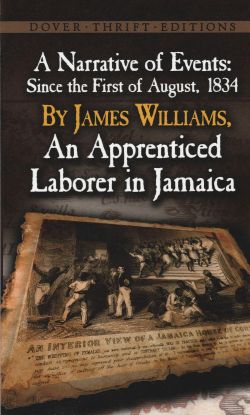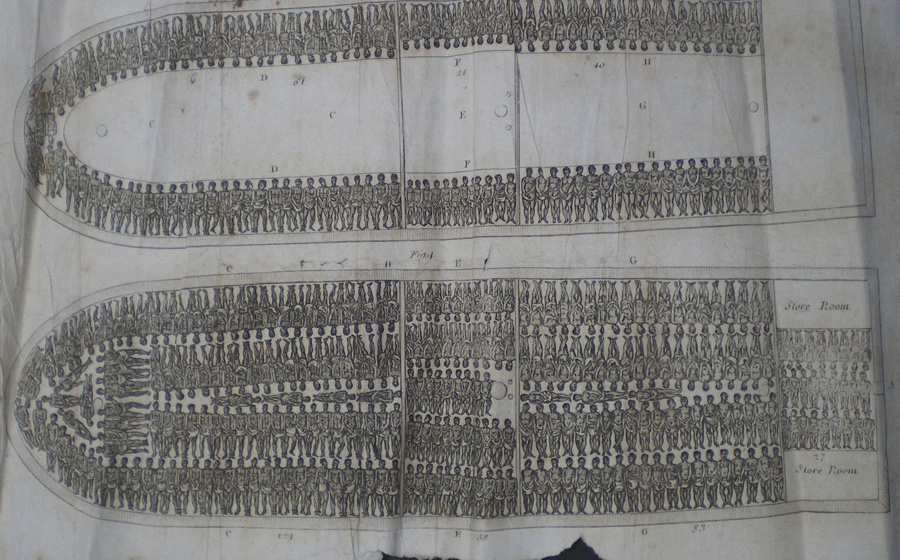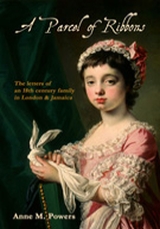
The Chequer Inn at Ash in Kent, little changed since the time of William May
© Copyright Oast House Archive and licensed for reuse under this Creative Commons Licence
William May had rather sad life although he had a firm trust in divine Providence, and his own superior social background, which carried him through the most difficult of times. He came from Ash in Kent and studied at the University of Cambridge. He was ordained by the Bishop of London on the 20th September 1719 and left for Jamaica on October 22nd spending thirty-two years as the vicar in charge of the parish of Kingston. It is possible that he had an uncle already in Jamaica as there is a marriage record for a William May and Margaret Rose who were married in Spanish town in 1670.
William found many of his parishioners a grave disappointment and he is probably best remembered for a much quoted letter that he wrote home to the Bishop of London soon after his arrival.
He didn’t think much of the quality of the early colonists, writing “There is not six families who are well descended as gentlemen on the whole Island. . . And as for those Englishmen that came as mechanics hither, very young, and have now acquired good Estates in Sugar Plantations and Indigo, etc., of course they know no better than what maxims they learn in the Country. To be now short & plain, Your Lordship will see that they have no maxims of Church or State but what are absolutely anarchical.”
Church attendance did not feature much among the planter community who preferred to spend Sundays on their plantations or enjoying socialising. Even those who did attend often walked out early “any pragmatic fellow; an Officer or Justice, when he thinks fit, will go out of our churches before sermon is ended, to disturb our Congregation”.
Many colonists had relatively humble beginnings and he commented on the then Governor of Jamaica, Sir Nicholas Lawes, who had been apprenticed to a shopkeeper in Jamaica when he first arrived there – “there are people alive now, who remember that he went barefooted, & bare leg’d, with shoos on, as was the custom for most young shop-keepers & planters in those dayes.”
Colonel Rose he said had been a cooper by trade, Jonathan Gale had earned his living as a horse catcher and several prominent men were illiterate.
Of the Beckford family he had nothing at all good to say “Mr. Beckford’s brother, Tom, Colonel too, is a Libertine, and of the country principles, & has a great Estate. He has killed his man and so has his Brother Peter, but this makes neither a bit more Religious. He was a Councillor in Colonel Heywood’s time, and his graceless son was Governor of the Fort at Port Royal, a post worth £500 at least (Libs.) per annum. And so these Estated men govern the Island at this rate.”
Altogether young William May had found his parishioners a serious disappointment and an affront to his anti-Papist soul.
“Tavern-Keepers, Taylors, Carpenters, Joyners, are infallibly Colonels, Justices of Peace, as soon as they purchase Plantations, & our Printer, in his papers, styles them every man Esqrs, & Lt.-Collols, Honourable, prints Elegies on men who never were communicants with the Church in any part of her communion, & who liv’d & dyed keeping variety of women, as James, a sailor by breeding, but dy’d a rich merchant.
N.B.-The Papists everywhere are caressed, and those who are true Lovers of our Constitution dare not own it, or they must expect no honey in this country, but instead of it gall.”
You can read the full transcription of the letter in Caribbeana Volume 3 page 5.
William’s personal life was full of sadness. He married the unusually named Smart Pennant, herself already a widow, not long after his arrival, but she was killed on the 28th of August 1722 when a hurricane destroyed the house where she was in Kingston.
His second wife was Bathshua Vassall. I love the name Bathshua which I had not heard of until I came across several of them in Jamaica at around this time. It is a variation on the name Bathsheba and means ‘daughter of abundance’. Bathshua Vassall fulfilled the promise of her name and with William May had eight children. Sadly five of them died young and two older sons died on sea voyages while travelling to America in the hope of recovering from illness. Only one son Rose Herring May lived to grow up and have children of his own.
Bathshua died in July 1746, but William lived to what was a good age for white colonists in Jamaica, dying in January 1754 at the age of 58. His health had been poor for some time and in 1748 he had petitioned his Bishop for the assistance of a curate as he was suffering from both gout and asthma. Some years earlier William had hoped to return to England with his children for the sake of their education as he considered, probably with some truth, that there were no good schools in Jamaica. He was offered a living in England in 1740 by Robert Hamilton but by the following year this had fallen through and he became resigned to remaining in Jamaica. He did however send his youngest son Rose to school at Eton which is where he was when William died.
The family monument in Kingston Cathedral is one of the more informative to have survived, and this transcription is taken from Monumental Inscriptions of the British West Indies compiled by J.H. Lawrence-Archer and published in 1875.
HERE LIES INTERR’D YE BODY OF THE REVD. MR. WILLIAM MAY, BORN IN THE PARISH OF ASH IN KENT, YE 29th OF AUGUST, 1695. EDUCATED AT ST. JOHN’S COLLEGE, IN CAMBRIDGE, COMMISSARY OF JAMAICA, AND 32 YEARS MINISTER OF THIS PARISH. HIS FIRST WIFE WAS SMART, YE DAUGHTER OF EDWARD AND ELIZTH. PENNANT, OF YE PARISH OF CLARENDON; HIS SECOND WIFE WAS BATHUSA,YE DAUGHTER OF FLORENTIUS AND ANN VASSALL, OF YE PARISH OF ST. ELIZABETH, WHO WAS BURIED IN SPANISH TOWN CHURCH BY YE GRAVE OF HER MOTHER ON YE 22 DAY OF JULY, 1746, BY WHOM HE HAD ISSUE SIX SONS AND TWO DAUGHTERS, FIVE OF WHICH ARE ENTERRED UNDER THIS STONE, VIZ. PETER,WILLIAM, ELIZABETH, GEORGE, AND ITHAMAR. TWO DIED AT SEA GOING TO BOSTON FOR YE RECOVERY OF THEIR HEALTH, VIZ. RICHARD, ON YE 28’th OF AUGUST, 1745, IN YE 21st YEAR OF HIS AGE, AND FLORENTIUS, YE 4th OF JUNE,1747, IN YE l6th YEAR OF HIS AGE. HIS SON, ROSE HERRING MAY, IS THE ONLY CHILD THAT SURVIVED HIM, WHO IT IS HOPED WILL INHERIT HIS FATHER’S VIRTUES, AS WELL AS HIS FORTUNE.
I’m not clear how large a fortune William left to his son Rose, but he did own property in Kingston and had a pen, or stock ranch, in the parish of Clarendon remembered today as the town of May Pen. Under his Will he freed his slaves James and Elizabeth and left them pensions of five pounds a year. It is likely that he also owned other slaves who worked on the pen.
Most of the clergy had yet to discover a conscience in relation to slavery.











